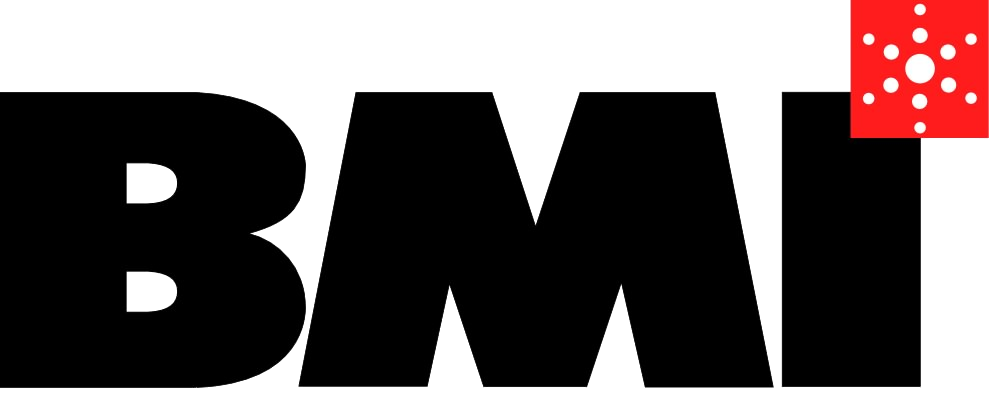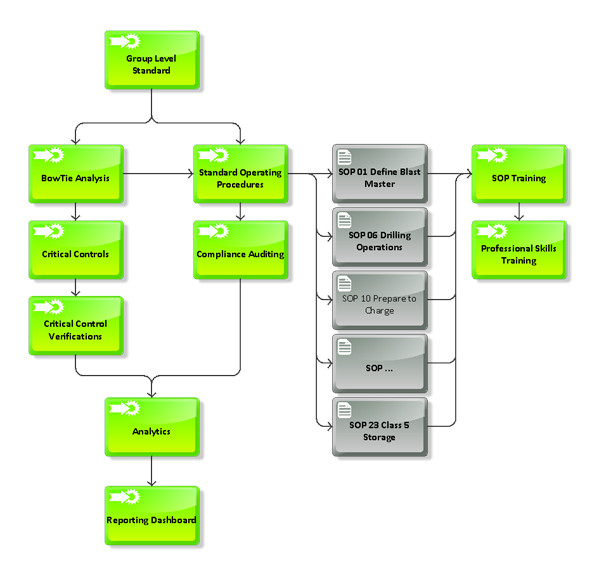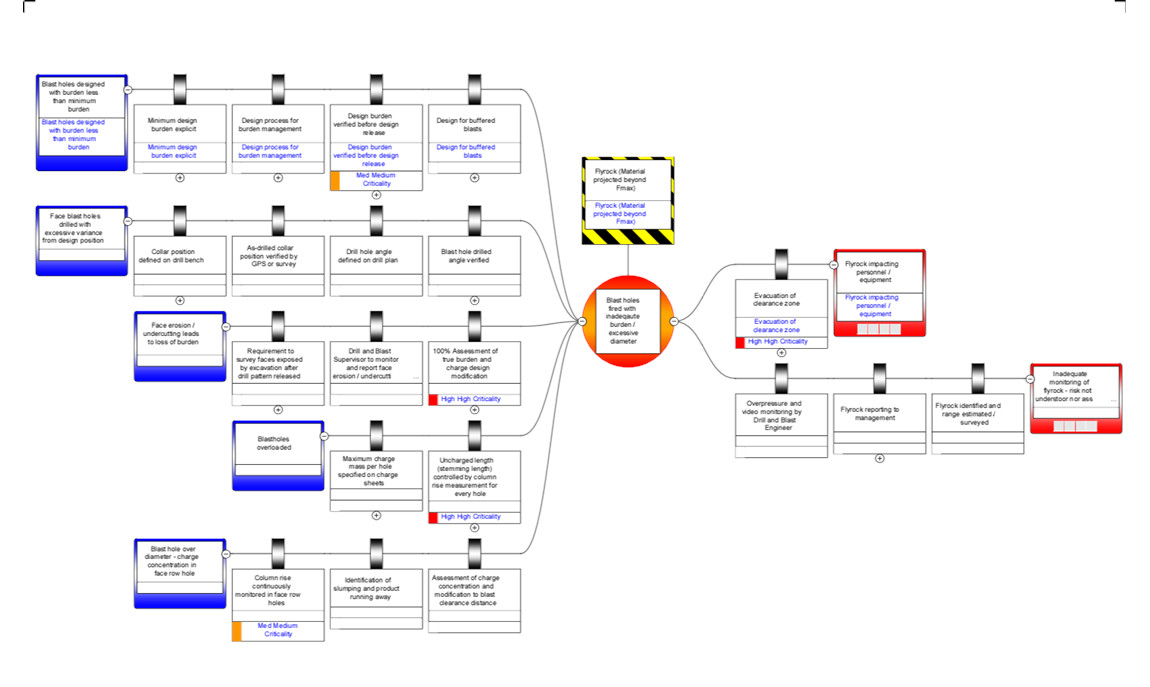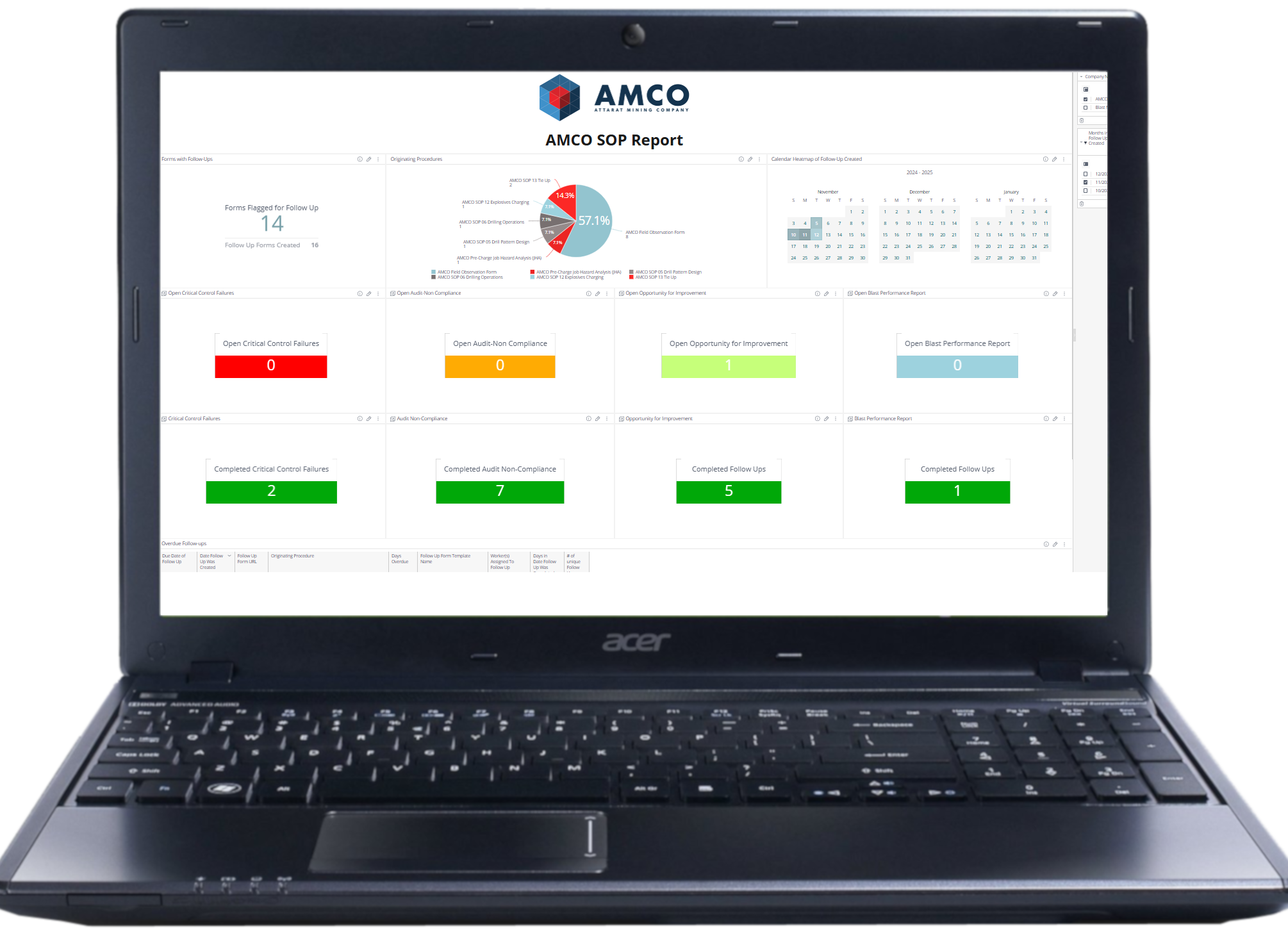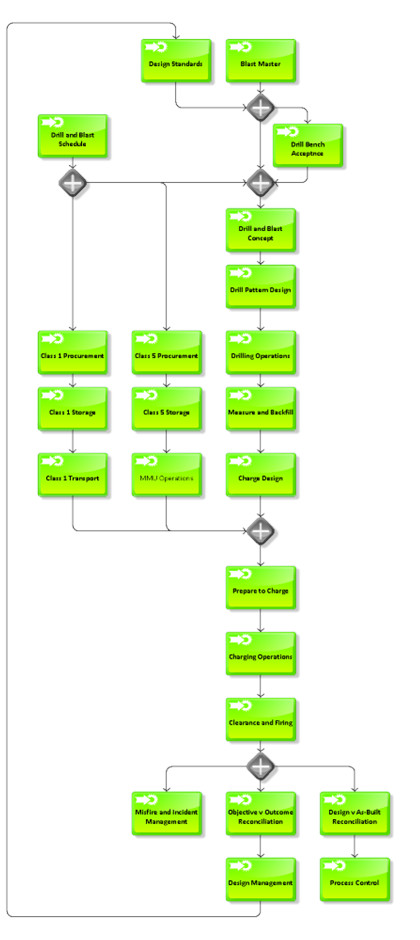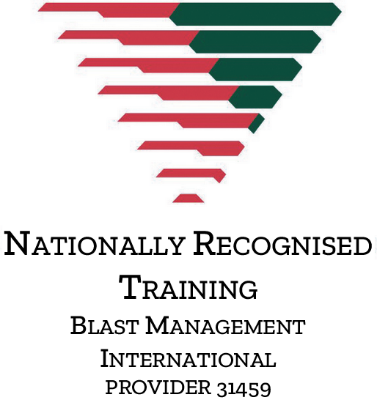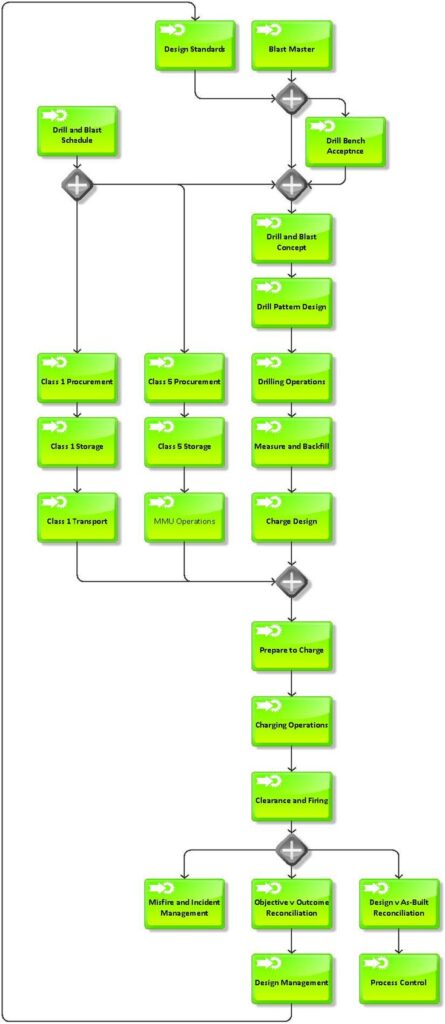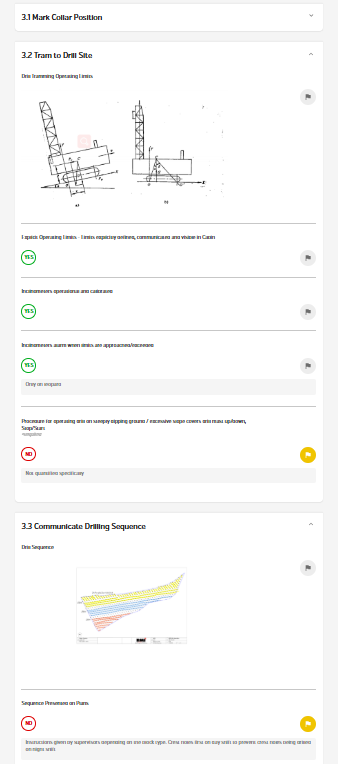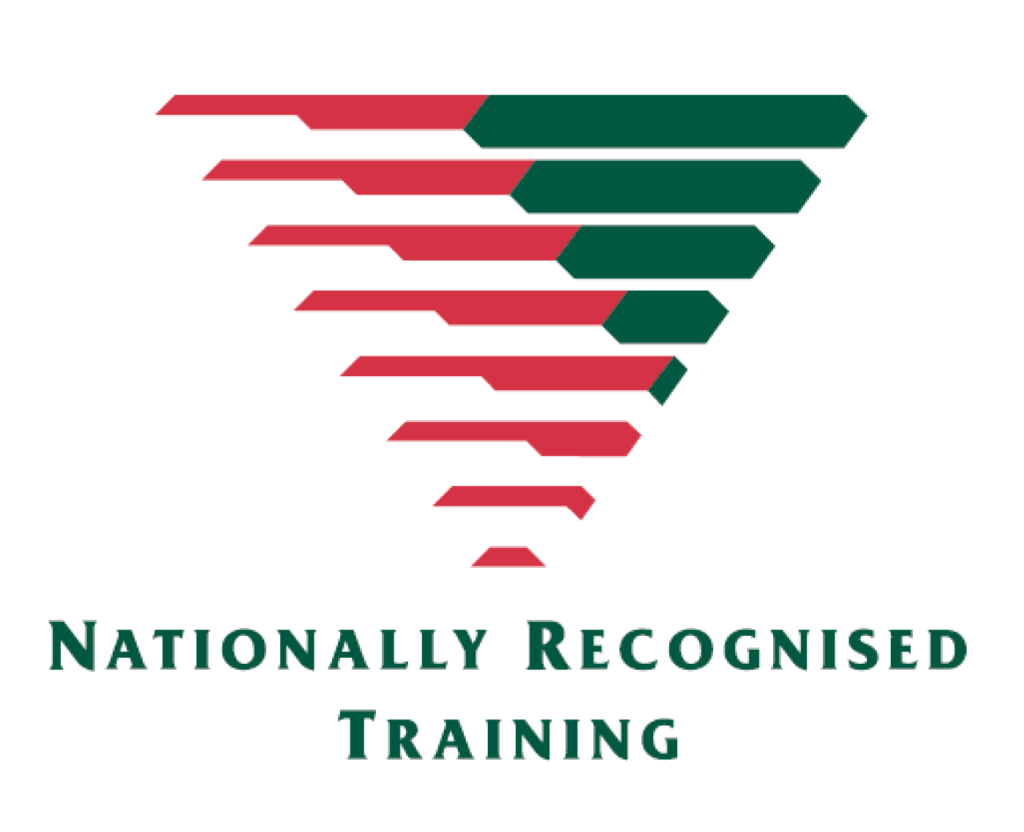BMI Integrated Drill and Blast Management System
[BMIMS®]
BMI Integrated Drill and
Blast Management System
[BMIMS®]
Background
The root cause of many accidents and incidents on mine sites can be traced back to a lack of procedural control. Factors contributing to this are:
- Incomplete or missing procedures,
- Lack of effective risk management,
- Lack of training,
- Lack of ongoing compliance assessment and
- Lack of management oversight.
In addition to safety issues, these also contribute to poor blasting outcomes and excessive cost.
To address this, Blast Management International has developed the Integrated Drill and Blast Management System (BMIMS®). The system consists of a core set of procedures and process controls developed and implemented on a digital platform. Procedures are supported by competency and skills training and, when implemented, push data to monitoring dashboards. The dashboard provide visibility to all levels of the organisation as to the real time performance of the drill and blast system.
BMIMS® origins trace back to 2008 when Blast Management International began working with groups on issues around Drill and Blast Management. Much of the core understanding was developed through long term projects with BHP, AngloAmerican and Glencore. These resulted in a comprehensive definition of drill and blast for both surface and underground operations. The transformation of this into an integrated digital system began in 2022 and is now being implemented on a number of sites.
Benefits
The main benefit of the BMIMS® is the alignment of technical and operational activities to an explicit set of process controls. This is achieved through consistent, scheduled, compliance assessment conducted at all levels of the organisation. For example, the task of Critical Control Verification (CCV) is assigned to different roles at different intervals with results uploaded to the dashboards in real time.
Other benefits include the ability to report on safety and compliance issues in real time and assign issues for follow-up. Management is provided real time data enabling emerging issues to be identified and managed proactively.
When implemented across multiple sites BMIMS® drives standardisation with overarching group level reporting of all drill and blast processes across all sites.
Overview of BMIMS®
BMI staff have extensive experience in the development and delivery of drill and blast management systems. Since 2004 our focus has been the management of drill and blast operations with the key deliverables of :-
- Process mapping and definition
- Process controls (procedures, operating instructions, system and compliance audits)
- Risk assessment and development of risk registers and controls
- Training for all drill and blast personnel
This experience confirmed that the development of an effective group level set of drill and blast standards is complex and to achieve the ‘right’ level of detail requires considerable skill and experience.
Standards that are too high level are reduced to guidelines and are ineffective in managing risk.
At too low a level, with very explicit, detailed requirements, sites demonstrate that specific resources, geological, regulatory and operational constraints prevent full compliance and the system is degraded.
BMI has developed what is considered industry best practice in a fully digital and integrated system. This system can be tailored and integrated into any mining operation aiming for efficient and effective drill and blast management with real-time control and reporting metrics.
Defining the Drill and Blast process
Drill and Blast is one of the most intricate mining processes, involving numerous activities with various inputs, outputs, and risk levels. BMI’s analysis of specific surface operations identified over 1,800 distinct drill and blast activities. To effectively manage such complex systems necessitates carefully designed management systems rather than ones that evolve organically.
Management Systems Development
The Blast Management International Integrated Management System (BMIMS®) consists of an overarching Group Level Standard (GLS) underpinned by a set of 23 Process Controls with integrated training, auditing, analytical assessment and reporting systems.
The BMIMS® is comprised of the following elements :
- Group Level Standard
- Underpinning Risk Assessments (BowTie Analysis) for Material Unwanted Events
- Standard Operating Procedures and Standards for the identified 23 sub-processes
- Critical Control Verifications
- Compliance Audits with linked analytics and reporting Dashboards
- Competency and Skills Training for the key drill and blast roles
- Ongoing support and maintenance
These elements are detailed below.
Group Level Standard (GLS)
The Group Level Standard applies to all drill and blast activities from procurement, through storage, transport and use of explosives, including reconciliation, design, standards maintenance and incident management. The standard applies to all explosives used for primary and secondary rock breaking, and applies to all the operations within the nominated operations
To comply with the GLS, sites must develop, implement and maintain all necessary process controls in order to comply with the company objectives for safety, sustainability and efficiency as defined in the relevant Standard. Operations shall ensure that sufficient resources are applied to support the identified drill and blast process as defined by the relevant specification.
The Group Level Standard defines the minimum requirements for management of drill and blast operations. Where local legislation sets higher standards sites must comply with the local legislation.
BowTie Analysis (BTA) of Material Unwanted Events (MUE)
Material Unwanted Events and associated critical risks shall be assessed using the BowTie methodology in order to define the critical and key risk controls.
These are defined as the following five MUEs:-
- Unplanned detonation in explosives use
- Unplanned detonation in storage and transport
- Flyrock
- Loss of Explosives Security
- Persistent Adverse Blast Outcomes
These MUE BTA’s are to be reviewed by each site to confirm relevance and that the documented critical controls provide the required level of risk management.
Standard Operating Procedures
The Group Level Standard (GLS) defines site requirements for the management of the core 23 processes shown on the right.
These procedures are executed on a customizable digital platform compatible with mobile devices and PCs, facilitating data capture and automatic upload to an analytics system for real-time compliance monitoring.
Validation of these procedures requires testing against current site systems. This is completed during an initial site review and adjustment of the standard.
Critical Control Verifications
The critical controls identified in the Bowtie assessment are delivered as a set of Critical Control Verifications (CCV’s). CCVs are delivered on a digital platform and provide management with the critical controls to be actively managed to eliminate as far as possible the occurrence of Material Unwanted Events. Verifications are scheduled at appropriate frequencies and assigned to the relevant roles.
Critical controls are mandated for all sites and shall be implemented, maintained and actively managed. The process for Critical Control monitoring shall be identified to manage all critical and key risks.
Compliance Audit Tools and Compliance Reporting – Dashboarding
Compliance audit tools are seamlessly integrated with the Standard Operating Procedures.
All data is collected, filtered, analyzed, and reported via a customizable dashboard. This dashboard includes information on compliance audit schedules, operational compliance to procedures, and critical control verifications. Reports can be generated for both group-wide and site-specific levels, enabling the identification and addressing of shortfalls by the relevant personnel.
The dashboards provide information to all levels of management to enable appropriate corrective actions to be identified, developed and implemented.
Training
BMIMS® is supported by two training systems.
- Competency Based Training. This is aligned to the 23 SOP’s that define the drill and blast management system.
- Professional Skills Training. This is based on the Australian National Competency Standards as detailed below.
Management, Technical staff and operations personnel will be required to complete training as per the training matrix defined in the GLS
Competency Based Training
This training is aligned to the specific instance of the BMIMS® and is aimed at providing site personnel with the understanding and competency required to deliver the drill and blast system. Training is available through both self-paced and classroom delivery and accessible online through the BMI Training Platform.
Trainees login and complete a series of theory and practical assessments based on their designated role. On completion of training the system generates a Certificate of Competency (CoC) that trainees can download. Access to trainee records and progress may be made available to management and training department staff. The CoC may be designated site-specific or group wide.
Professional Skills Training
As the largest provider of Drill and Blast Training in Australia BMI has integrated our standard industry courses with BMIMS®. This provides training for all roles responsible for the delivery of the drill and blast process. The courses are mapped to the Australian National Competency Standards with successful trainees receiving a Qualification of Skills Achievement (QSA).
The relevant training courses are:
- Manage Blasting Operations applicable to Superintendent and Supervisors mapped to the Unit of Competency
- RIIBLA401Manage Blasting Operations
- Design Surface Blasts for Drill and blast engineers and technical staff mapped to the Units of Competency
- RIIBLA403Design Surface Blasts
- RIIBLA402Monitor and Control the Effects of Blasting on the Environment
- Shotfirer Skill Set for Shotfirers / Blasters mapped to the Units of Competency
- RIIBLA205 Store, Handle and Transport Explosives
- RIIBLA301 Conduct Surface Shotfiring Operations
- RIIBLA305 Conduct Secondary Blasting
- Blast Crew – persons working under the direction of a shotfirer / blaster and magazine staff mapped to
- RIIBLA201 Support Shotfiring Operations
- RIIBLA205 Store, Handle and Transport Explosives
Ongoing Support and System Maintenance
Ongoing and as required – roll allocation, updates to documentation, dashboard development, version control etc.
Summary
The BMI Integrated Drill and Blast Management System (BMIMS®) customises procedures, processes, and compliance tools for mining groups or individual sites on a digital platform. This setup enables real-time auditing of activities, with results promptly flagged and uploaded to dashboards for management oversight and corrective actions. BMIMS® has demonstrated measurable improvements in blast performance and environmental impact, enhancing operational safety, efficiency, productivity, and economy.
By integrating advanced digital tools and comprehensive management practices, BMIMS® sets a new standard in drill and blast management, offering mining operations the tools needed for optimized performance and risk management.
Find Out More
For additional Information contact:
peter@blastmanangement.com.au
charles@blastmanagement.com.au
Case Study
Read how BMIMS® was applied to a system audit and on-site compliance assessment at a major iron ore operator in South Africa.
During November 2024, BMI was invited to carry out an initial system audit and a subsequent on-site compliance assessment conducted collaboratively with a major iron ore operator in South Africa. The evaluation focused on reviewing and enhancing the drill and blast management systems, processes, and procedures currently implemented against global good practice.
BMI Recommended Blast Processes
BMI firmly believes that all operations can benefit from implementing global good practices, leading to measurable improvements in blast performance and environmental impact, and so resulting in enhanced operational efficiencies, productivities, and economies.
In order to provide a standard for global good practice, BMI has developed a comprehensive drill and blast management system (BMIMS®) that forms the basis of our system audit structure.
BMIMS consists of an overarching standard underpinned by risk assessments, process models and developed procedures. Details of the applied standard are as follows:
GROUP LEVEL STANDARD
The Group Level Standard (GLS) is the overarching management document that establishes the minimum, mandatory requirements for the storage, transport, handling, and use of explosives at the Group’s Operations. Adhering to this Standard will reduce explosive-related Material Unwanted Events (MUE), minimize High Potential Hazards (HPH), and restrict adverse blasting effects. The GLS should include the following components:
- Roles and Responsibilities
- Incident Categorisation and Reporting
- Material Unwanted Events (and Controls) that can lead to Catastrophic Outcomes
- Standards and Processes – SOPs (Upon which Audits such as these are based)
- Critical Controls and Verifications
- Training Requirements
- Compliance (Standards, Audit Schedules)
- Specific Minimum Standards (Misfire Management, Explosives Storage, Explosives Handling and Storage, Explosives Security)
In support of Group Level Standards (GLS), and to explicitly define the key drill and blast processes, BMI has developed 23 underpinning Explosives Handling and Drill and Blast Standard Operating Procedures (SOPs). We believe, if developed to suit individual operations, and executed, these will address identified shortfalls in systems, processes and technical applications.
The SOPs have been developed over the past six years and represent industry good practice and are delivered in a way that makes them auditable. Each SOP Audit tool is hosted on a digital platform and specifically aligns to the SOPs.
Site Audit
The audit was conducted in two stages:
Desktop System Audit
The initial phase involved reviewing existing documentation, technical applications, and operational protocols. This step established a baseline understanding of the current systems and assessed their alignment with industry accepted good practices, regulatory requirements, and corporate standards.
On-Site Compliance Audit
The second phase validated the desktop findings by observing practical implementation. This included direct observation of operational practices, personnel interactions, and evidence collection using the BMIMS® digital audit platform. The goal was to assess compliance and functionality under real-world conditions.
Objectives of the Audit
The overarching objective of the audit was to identify opportunities for improvement in the current management systems and provide actionable recommendations. These focused on:
- Optimising performance
- Enhancing safety protocols
- Minimising environmental impact
- Improving overall operational efficiency
Supported by detailed evidence and additional data, the site audit findings offer an overview / evaluation of compliance via the Audit templates themselves and overviews of the process via management dashboards, allowing visual analysis of findings to assist in addressing shortfalls.
This approach ensures a clear understanding of operational practices, adherence to standards, and areas for improvement.
